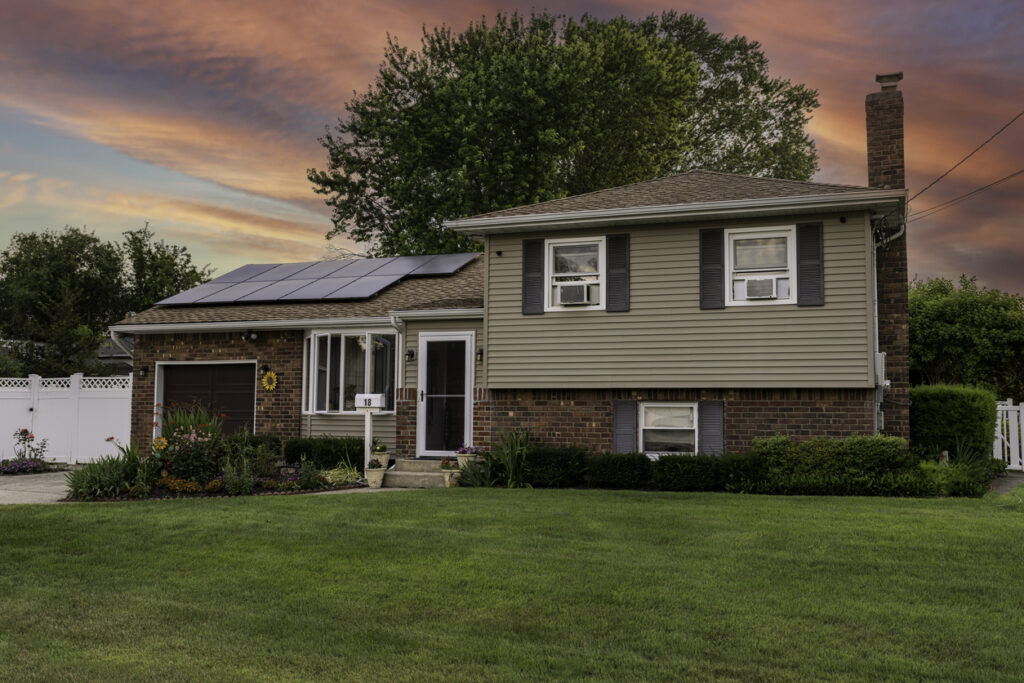Climate change and rising energy bills are impossible to ignore, and your choices are more influential than you might think. From heating your space to cooking dinner, the household energy you use directly affects your carbon footprint and the planet’s health.
Some fuels and energy sources release more emissions than others, while cleaner alternatives can help you save money and breathe easier. Understanding each option’s environmental impact empowers you to make smarter, more sustainable daily choices.
Why Your Home energy Choice Matters for the Planet
Energy powers your appliances and keeps you comfortable year-round, but electricity and heat production are the most significant sources of greenhouse gases worldwide. When you rely on fossil fuels like coal, oil or natural gas, your household adds to that carbon footprint every time you turn on the heat or fire up the stove.
Switching to cleaner household options, like renewable electricity or biogas, can shrink your carbon footprint and make your home more eco-friendly. Plus, some fuels release harmful particles into the air, which affects indoor air quality and your health.
1. Renewable Electricity
Renewable electricity is your best bet if you’re looking for the cleanest way to power your home. In 2023, over 21% of all U.S. electricity came from renewable sources like wind, solar and hydropower, which produce zero emissions. Energy from solar panels or wind turbines is completely sustainable. You’ll also save more in the long run, especially if you invest in solar or battery storage to reduce utility bills and gain more energy independence.
2. Biogas
Biogas is a sustainable fuel that turns everyday waste like food scraps, garden clippings and livestock manure into usable energy. Using organic materials creates a closed-loop system designed to recycle carbon instead of adding more to the atmosphere. Biogas can be carbon-neutral when managed properly, making it an excellent alternative to fossil fuels. You can use it for heating, cooking and generating electricity, especially if you live in a rural or off-grid area and want cleaner, local energy solutions.
3. Wood Pellets
Choose wood pellets if you love the cozy warmth of a wood fire but are looking for a smarter, more eco-friendly experience. They burn hotter than firewood and produce less smoke, ash and creosote, which means less mess and a lower risk of chimney fires. Check the source — most pellets come from sawmill leftovers or sustainably harvested wood. While burning pellets in a stove releases carbon dioxide, it can be part of the natural cycle, if you or your energy provider plant trees to offset the impact.
4. Grid Electricity
Grid electricity’s environmental impact can be a mixed bag, depending on where your power comes from. Your electricity can be fairly clean if your community has wind or hydropower infrastructure. However, your carbon footprint will be much higher in regions still reliant on coal or gas. There’s also sulfur hexafluoride — a powerful greenhouse gas used to insulate high-voltage equipment in the grid — which can leak into the atmosphere from aging systems or during maintenance.
5. Natural Gas
Natural gas is generally considered to be cleaner than oil or coal because it produces less carbon dioxide when burned. It’s convenient, reliable and readily available for home heating and cooking. However, methane leaks during production and transport can worsen its climate impact, and methane is 84 times more potent than carbon dioxide in the long term. So while natural gas may look practical, it still adds to your energy footprint and isn’t as eco-friendly as its reputation suggests.
6. Propane
Propane is a step up from coal or heating oil in terms of emissions, but it’s still not the cleanest fuel. It emits more carbon than natural gas and is a nonrenewable fossil fuel that doesn’t offer a sustainable future. On the plus side, you can store it on-site, which makes it practical for off-grid homes or areas without access to gas lines. However, the extra transportation adds to its environmental impact. If you aim to lower your energy footprint, propane is better than some options, but far from the greenest.
7. Coal
Coal is the dirtiest household fuel, with the highest carbon dioxide, sulfur dioxide and mercury emissions. When burned, it releases a toxic mix of pollutants that harm the environment and your health. Coal-fired power plants impact nearby communities, while using coal inside your home can dramatically decrease your indoor air quality. Though many countries have phased out coal, some off-grid or low-income areas use it because cleaner alternatives aren’t yet accessible. If you still rely on coal, finding an alternative will make a noticeable difference for your health and the planet.
Why Your Everyday Energy Choices Matter
Small choices in how you power your home can significantly affect the environment. Take a moment to review your current household energy sources and consider switching to cleaner, more sustainable options.
Source link
Jane Marsh biofriendlyplanet.com




